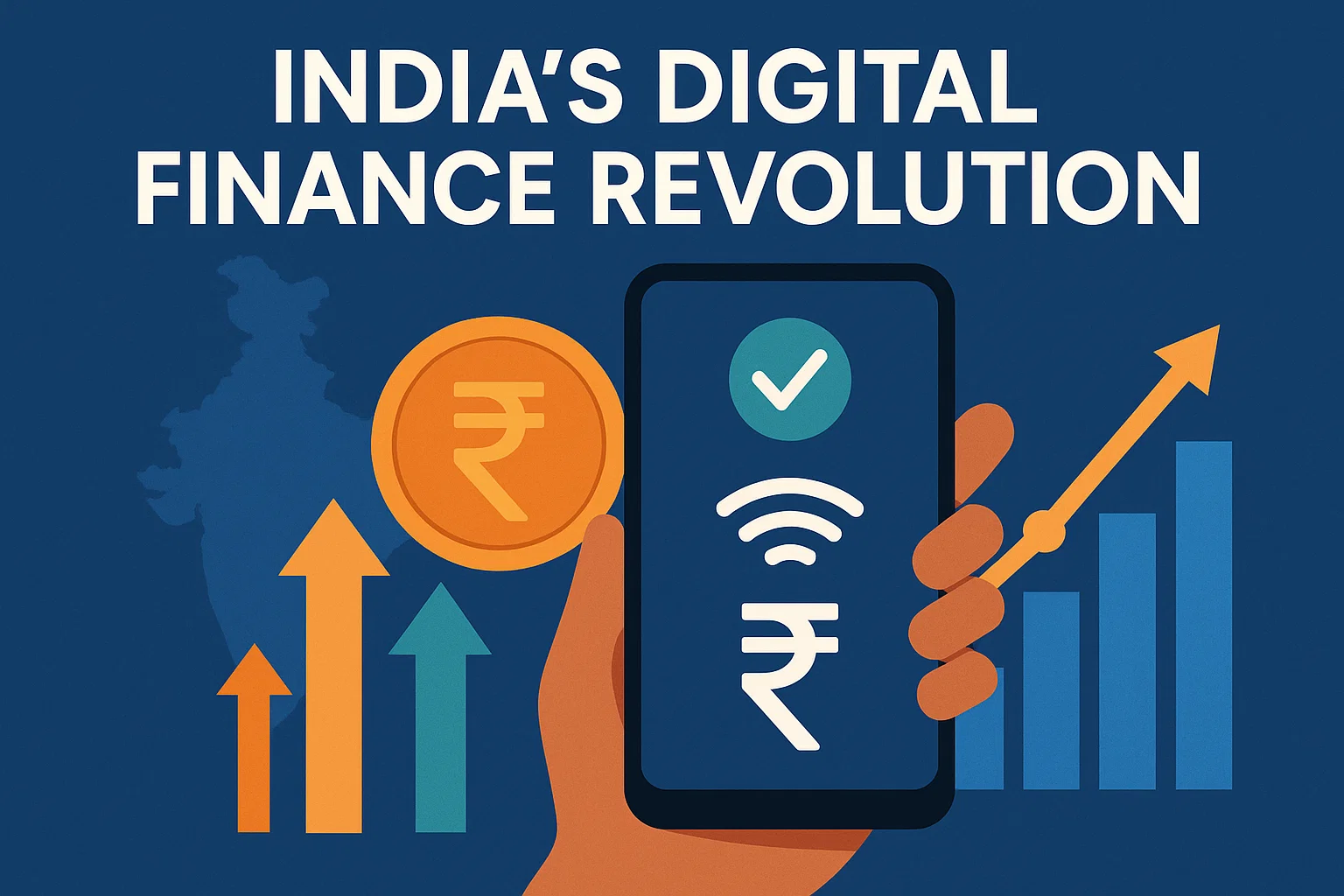Font size:
Print
Seizing U.S.-India nuclear deal under Trump Administration
Context:
The 2008 U.S.-India civil nuclear deal allowed India to access advanced nuclear technology while supporting global non-proliferation goals. However, its full potential in energy and business remains untapped and Under the Trump administration both countries will look forward to seizing the deal .
Key Features of the U.S.-India Nuclear Deal
- Historic Agreement: Signed in 2007 and approved in 2008, the deal allowed India to purchase dual-use nuclear technologies, equipment, and materials.
- Energy Security: Facilitated India’s access to civilian nuclear fuel and technologies, diversifying its energy mix.
- Global Standing: Elevated India’s role in the global nuclear energy market without requiring it to sign the Nuclear Non-Proliferation Treaty (NPT).
Strategic Gains from the Deal
- Defence Cooperation: Strengthened military exercises, technology transfers, and defence purchases.
- Technological Collaboration: Enhanced intelligence sharing and crisis management capabilities.
- Economic Opportunities: Envisioned job creation and bilateral trade expansion.
Challenges Hindering Progress
- Regulatory Barriers
- Entity List Restrictions: Initially, over 200 Indian entities were on the U.S. Entity List post-2008, impeding technological cooperation. Although most entities have been removed, some concerns persist regarding dual-use technologies.
- Recent Reforms: U.S. National Security Advisor Jake Sullivan announced steps to eliminate longstanding restrictions and streamline civil nuclear cooperation.
- Liability Risks
- Civil Liability for Nuclear Damage Act (2010): Deviates from international norms by placing liability on suppliers rather than operators, deterring major U.S. companies like GE and Westinghouse.
- Indian Insurance Mechanism: Introduced by the General Insurance Corporation, this mechanism covers supplier liabilities for 20 years. While Russia’s state-backed entities have accepted it, U.S. firms remain reluctant.
- Technological and Cost Barriers
- Rapid Evolution: U.S. companies must offer state-of-the-art technologies to remain competitive.
- Cost Sensitivity: Nuclear technology must be affordable for Indian consumers to avoid high electricity tariffs.
- Lessons from U.S. Failures: Past cost overruns in U.S. nuclear facilities caution Indian policymakers.
Importance of the Nuclear Deal for India
- Energy Security and Transition
- Expanding nuclear capacity is vital to meeting India’s growing energy demands while achieving decarbonisation goals.
- Nuclear energy can serve as a reliable alternative to fossil fuels, reducing greenhouse gas emissions.
- Economic and Strategic Benefits
- Strengthens India’s position in global nuclear markets.
- Deepens India-U.S. collaboration in critical and emerging technologies (ICET), such as AI, quantum computing, and clean energy.
- Geopolitical Impact
- Enhances India’s strategic autonomy and bolsters its role in maintaining regional stability.
Reinforces the India-U.S. Comprehensive Global Strategic Partnership, showcasing shared democratic values and mutual interests.


